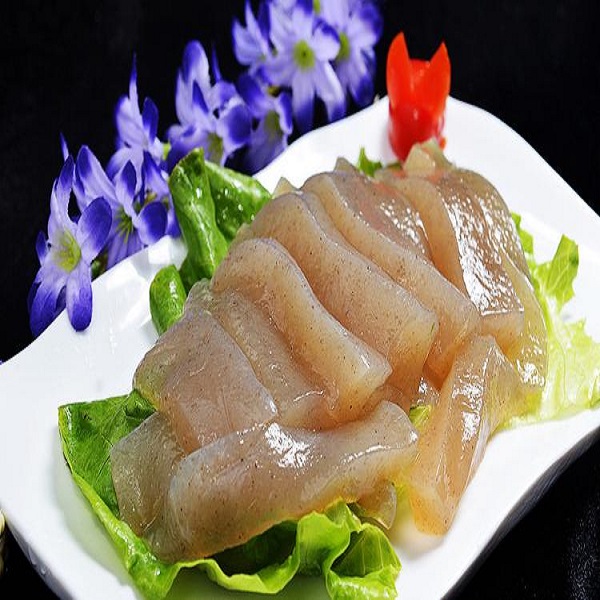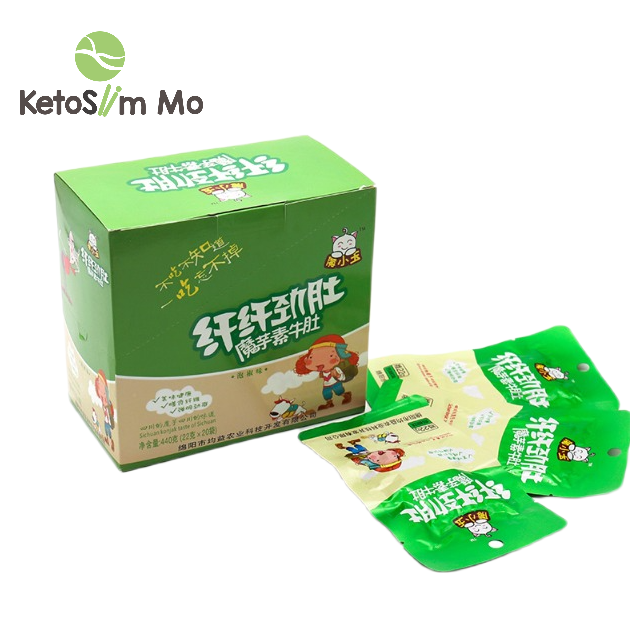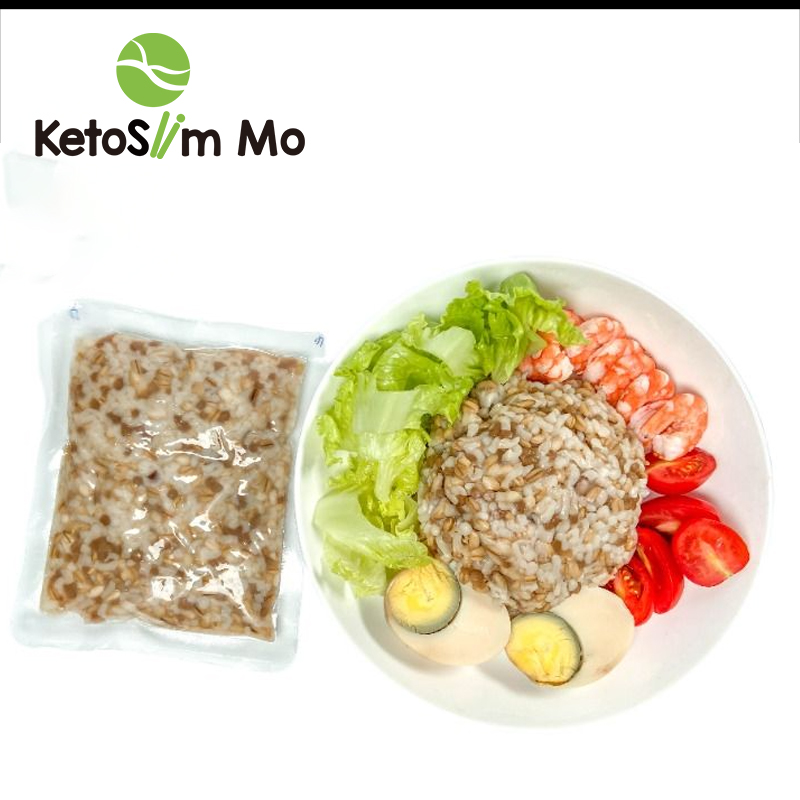what is konjac Food | Ketoslim Mo
The origin of konjac
Tacca [2] (Amorphophallus Konjac) is a perennial tuber herb of Amorphophallus Konjac (Araceae).It is native to Japan, India, Sri Lanka and Malay Peninsula. It has been planted in southwest China for many years. It is one of the herbs in ancient Chinese books since ancient times.In addition to the above production areas, also distributed in Vietnam, the Himalayas to Thailand and mainland China's Gansu, Ningxia, Jiangnan provinces, Shaanxi and other places, in recent years, especially in Sichuan, Yunnan, Guizhou area of mass production.It is also produced in Puli, Yuci and Taitung in Taiwan. It grows at an altitude of 310 m to 2,200 m, and mostly grows at the edge of forests, under open forests and in wet areas on both sides of streams and valleys.

Do you know the growth cycle and function of konjac?
Here are the real answers from netizens for your reference:
|
Answered 1 |
Also known as "demon yak" in ancient China, the konnyaku herb is believed to have the ability to "clean up intestines" (regulate intestines) since ancient times.In Japan it is known as 菎 Kaku (katakana: jin).The fruit is ovoid, ripening from top to bottom and turns from green to red to royal blue in color.Fruiting stage from August to September.USES:Waterproof polymer materialsThough not as durable as rubber or synthetic resin, it was widely used as a waterproof material during World War II due to the lack of supplies, convenient transportation and the difficulty in obtaining rubber.It was first used in the waterproof layer of paper umbrellas, and even used as the material for balloon bombs in military applications, but now it has been changed to polysaccharide polymer material.Konjac powder
Chopping up the ruo and drying it to make a powder that is easy to preserve |
|
Answered 2 |
The konnyaku is a tropical plant, so when the temperature drops below 20 degrees Celsius or in mid-November, it begins to hibernate and produces a swollen tuber.The tuber contains glucomannan and starch as nutrients for the next year's growth of the konnyaku, which is divided into four species and reproduces after hibernation.First, tuber reproduction.Cut the nyaku tuber into 50-100g pieces, with the tip bud as the center.When the incision is healed, it can be used as a kind of impression.Second, the Yo Whips grow next to the Tacca tuber that is more than 2 years old. The Yo Whips are cut into 5cm segments for nourishment and reproduction.Third, seed reproduction.The seeds produced by sexual reproduction of Tacca transform the endosperm into a tuber before the mother matures, so it is dormant.The dormant period is about 200-250 days.They should be sown in the following March.Fourth, tissue culture.Using tuber tissue or terminal bud.Able to produce a large number of high-quality seedlings.During tissue culture, it should be noted that the callus of Tacca is prone to Browning. |
|
Answered 3 |
Tacca itself contains a large amount of oxalic acid, which is biotoxic and cannot be eaten raw. It needs to be ground, washed, added with calcium hydroxide, boiled and processed before it can be eaten. Its main feature is that it is rich in fiber, but has very few calories.Because it is a plant processed product, it can be considered vegetarian and has a special taste, so it is very popular with people.The main component is glucose and mannose bond of polysaccharide, belongs to a water-soluble fiber.Because the human digestive system has no ability to digest and absorb it, it can help the gastrointestinal peristalsis, known as "gastrointestinal scavenger" in Japan.Because bibulous force is very strong, produce satiety easily, also often be regarded as food to reduce weight. Kruo is often made into a jelly food.As the konnyaku needs to be chewed into small pieces before it can be swallowed |
KONJAC FOODS SUPPLIER'S POPULAR PRODUCTS
Post time: Jun-03-2021





